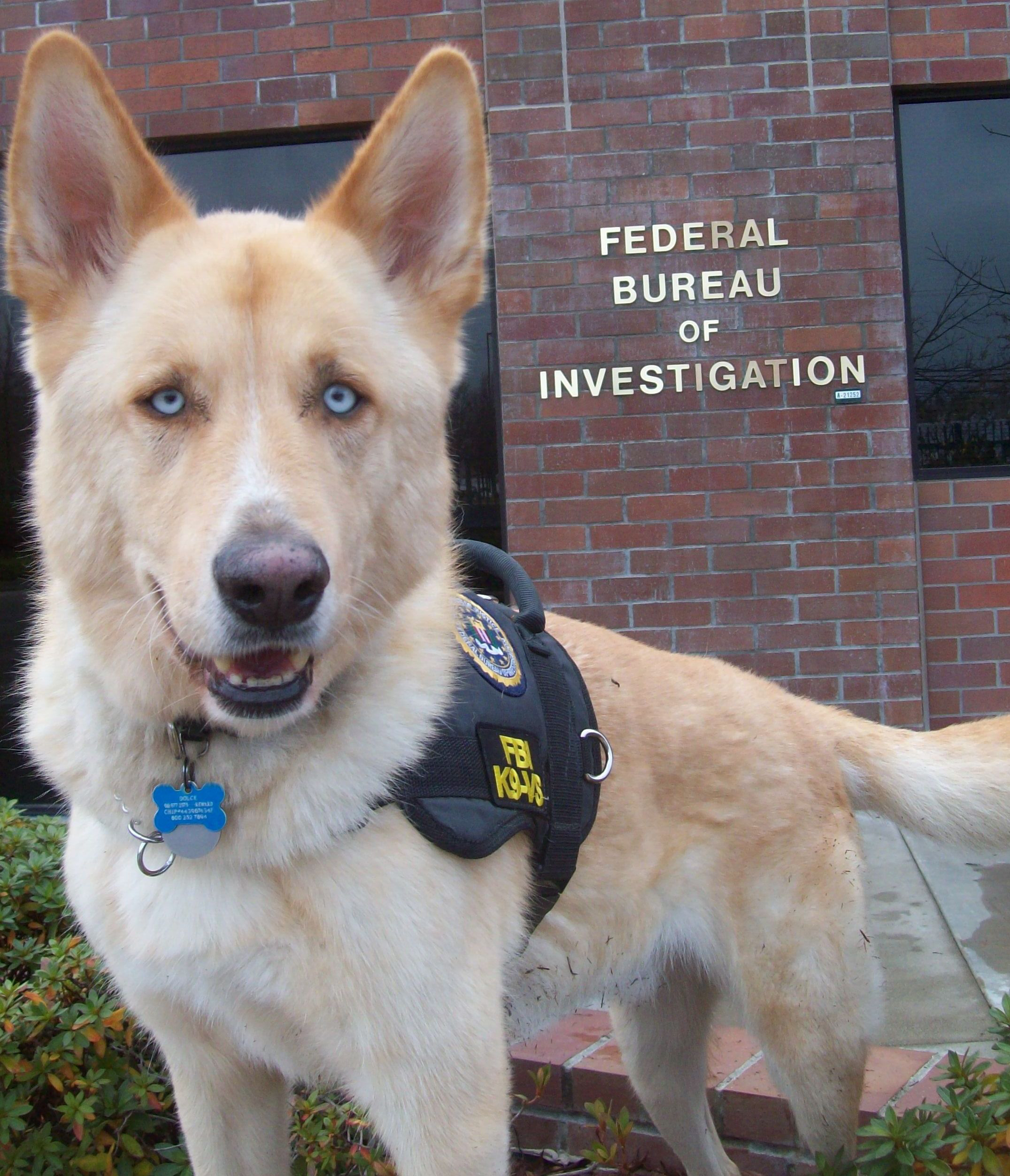Chances are, you haven’t thought much about dogs in the military but in fact, they’ve been used for active duty since Ancient Greece where they mostly served as guards and on patrol. Over the years, they’ve served as attackers and even as ambulance patrol.
The United States observed how the Europeans included dogs in their campaigns during WWI — mostly as messengers and guards, however it wasn’t until 1942 when an active training and development campaign was developed by dog breeder Mrs. Alene Erlanger and the AKC in the U.S. This initiative to train dogs for war time duties was known as “Dogs for Defense.”
Dogs for Defense partnered with the American Theatre Wing War Service and found eager breeders ready to donate dogs and trainers to donate their time. These original dogs were trained for war and first took on their military assignments in the deserts of North Africa where they could perform sentry, messenger and other duties.

Nowadays, “solider dogs” are assigned one of two responsibilities; bomb/weapon detection or tracking/protection. In both cases, they’re required to have highly selective olfactory (smell) senses. They also must be highly trainable and not prone to diseases such as hip dysplasia.
As you can imagine, highly effective military dogs require a special mix of aggressiveness, precision, loyalty and training. You might think of German Shepherds as the “poster dog” of K9 Veterans, and they are common, but many different breeds are used including Labrador Retrievers. In fact, the Navy SEALS use a Belgian breed known as a Belgian Malinois. These are dogs are smaller and faster than German Shepherds. They also have a highly perceptive olfactory sense with the ability to smell up to 40 times more than humans.
While other breeds have included Malamutes, Eskimo dogs and Huskies to pull sleds, these days the military primarily uses Shepherds, Labradors and the Belgian Malinois breeds. There are breeders who specialize in these dogs and identify potential solider dog candidates from their litters. Dogs that are particularly drawn to balls, Kong’s and other toys and have an extreme curiosity are possibilities.
Once identified as a potential candidate, they undergo a physical screening and are put through a few training exercises. If they pass these tests, they’ll go on to K9 School. K9 School is a rigorous training process held mostly at one of the specialized training sites in the U.S. There, they’re assigned a human handler who works with them on a daily basis to form a strong human/dog team and help the dog achieve his or her their best.
Generally soldiers who are assigned as handlers to dogs, train with them during K9 School however, these may not be the same dogs that go with them to war. In many cases, K9 School is training for both human and dog on how to be part of a team. Frequently, soldiers are assigned a different dog once they’re deployed but the basics on how to work together are there for both of them. It doesn’t take long for a soldier and dog to forge a bond during active duty.

Thank you to all of the K9’s for your duty!

